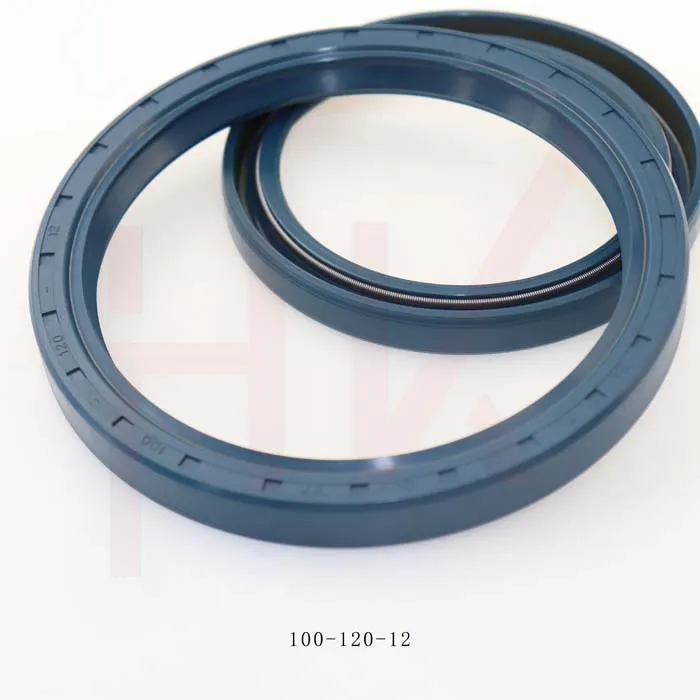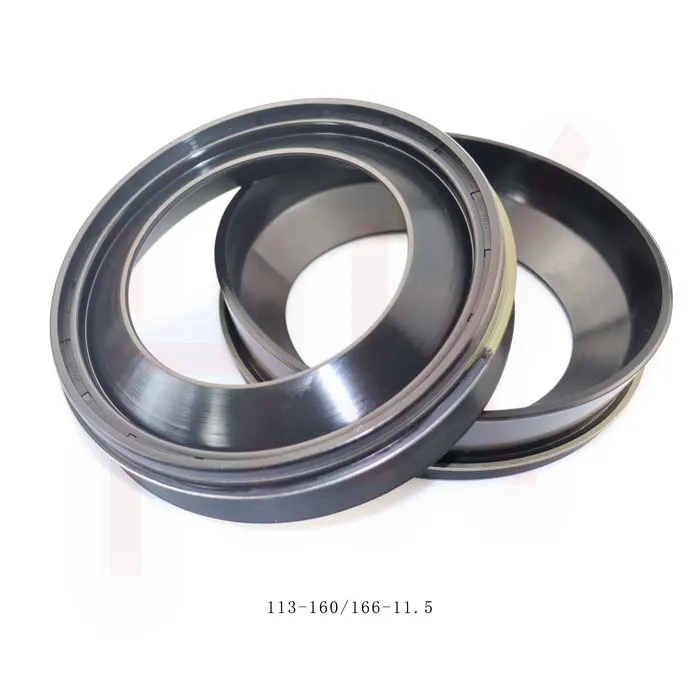Aug . 17, 2024 02:28 Back to list
Oil Seal Price Trends and Market Insights for 2023
Understanding Oil Seal Prices Factors and Trends
Oil seals, also known as radial seals or rotary seals, play a pivotal role in various mechanical applications by preventing the leakage of lubricants or fluids and protecting machines from contaminants. The price of oil seals, like many industrial components, is influenced by several factors, making it crucial for buyers and manufacturers to understand the dynamics behind oil seal pricing.
Key Factors Influencing Oil Seal Prices
1. Material Composition Oil seals are typically made from a variety of materials, including rubber, silicone, and polyacrylate. The choice of material significantly impacts the cost, as higher-quality materials generally offer better performance and durability, which can justify a higher price point. For example, oil seals made from fluorocarbon (FKM) or nitrile rubber (NBR) might attract a premium due to their superior heat resistance and longevity.
2. Size and Design Oil seals come in various sizes and designs tailored for specific applications. Larger seals or those with complex designs tend to be more expensive because they require more raw materials and sophisticated manufacturing processes. Custom-designed seals can further increase costs, as these often necessitate special tooling or production runs.
3. Manufacturing Processes The method used to manufacture oil seals—whether through molding, extrusion, or casting—affects pricing. Advanced manufacturing techniques that ensure better precision and quality control might lead to higher costs but ultimately result in seals that perform better and have a longer life span, potentially reducing overall maintenance expenses.
4. Volume of Purchase Like many industrial components, purchasing oil seals in bulk can lead to significant cost savings. Manufacturers often provide discounts for large orders, making it more cost-effective for businesses that require substantial quantities. Conversely, small orders may face higher prices due to lower economies of scale.
oil seal price

5. Market Demand and Supply Chain Factors The supply chain's current state and the overall market demand for oil seals can also significantly influence prices. In times of high demand or supply chain disruptions—such as those experienced during global events like the COVID-19 pandemic—prices may rise due to scarcity. Conversely, a surplus in supply could lead to price reductions.
6. Brand and Quality Established brands often command higher prices due to their reputation for quality and reliability. Investing in well-known brands can provide peace of mind regarding performance, which is particularly important in critical applications where seal failure could lead to significant consequences.
Recent Trends in Oil Seal Pricing
In the past few years, the oil seal market has witnessed fluctuating prices due to a variety of economic factors. The rise in raw material costs, driven by global supply chain issues and increased demand for industrial products, has placed upward pressure on oil seal prices. Additionally, technological advancements and innovations in seal design and materials may lead to new premium products entering the market, further complicating the price landscape.
Conversely, as manufacturers adapt to changing market dynamics and production processes become more efficient, there is potential for price stabilization or even reduction over time. The increasing focus on sustainability and eco-friendly materials is also shaping the future of oil seal development, which could influence pricing as manufacturers explore alternative compositions.
Conclusion
Understanding the price dynamics of oil seals is essential for making informed purchasing decisions. Buyers should consider the various factors affecting pricing, from materials and manufacturing processes to market trends and economic conditions. By being aware of these elements, businesses can better navigate the complexities of oil seal procurement and select products that align with their operational needs and budget constraints. As the industry continues to evolve, staying informed about these trends will be key to optimizing both performance and cost-effectiveness in machinery maintenance and operation.
-
Reliable Oil Seal Wheel Hub Solutions for Industrial & Automotive Use
NewsNov.17,2025
-
Durable Front Hub Oil Solutions for Industry – HKAiSeal
NewsNov.17,2025
-
Wholesale Hydraulic Pump Motor Seal Kit A4VSO250 | In Stock
NewsNov.17,2025
-
Pump Seal Kits: Essential Components for Industrial Reliability
NewsNov.17,2025
-
TCV Oil Seal - Double-Lip, Spring-Loaded, High Temp & Wear
NewsNov.17,2025
-
Hydraulic Seal Kits: Reliable Solutions for Industrial Equipment
NewsNov.17,2025
-
Combined oil seal 659214 12001903B, fits 119990, NBR OEM
NewsNov.17,2025
Products categories
















